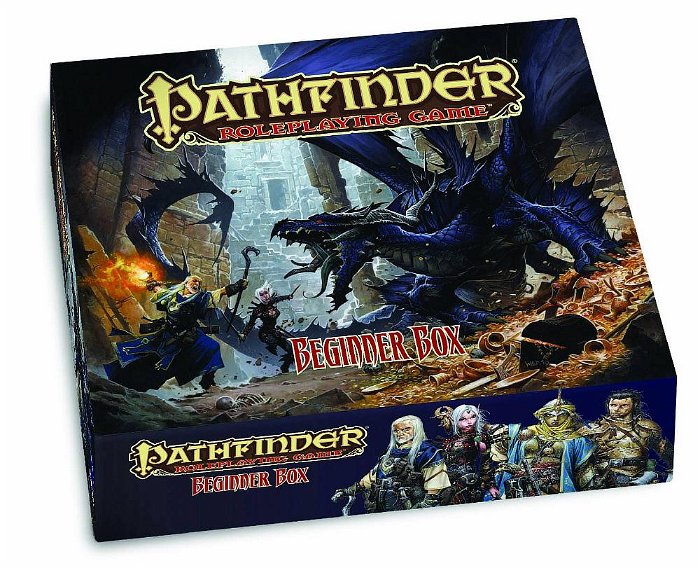Making comics adapting other properties is always a challenge, but what about the experience of a tabletop RPG?
 Licensed comics are an oddity because it’s rare that they actually capture the feeling of the property that they’re supposed to be continuing. This tends to go double for things that don’t have a simply port, such as movie plots; you can make a comic adaptation easier if readers can fill in the blanks with personalities, characters and narrative threads that they already know. When you don’t have those to work with, adapting it becomes a challenge because a writer needs to emulate an abstract feeling, instead.
Licensed comics are an oddity because it’s rare that they actually capture the feeling of the property that they’re supposed to be continuing. This tends to go double for things that don’t have a simply port, such as movie plots; you can make a comic adaptation easier if readers can fill in the blanks with personalities, characters and narrative threads that they already know. When you don’t have those to work with, adapting it becomes a challenge because a writer needs to emulate an abstract feeling, instead.This is what makes Jim Zub’s Pathfinder so interesting: it’s an adaptation of an RPG system that evokes exactly what makes those games fun. Zub is a noted board game and RPG nerd, and with that knowledge comes an understanding of what makes for a good session. Usually, there’s a great setting, identifiable characters, a dash of mystery and enough common tropes to use as a foundation to build on.
For the most part, vanilla Pathfinder is very much a high fantasy setting – think Lord of the Rings, only with general baddies instead of a “total war” scenario – and the book manages to capture that in a way that isn’t intimidating to the reader. It’s very easy for books in an RPG setting to go into the realm of grim fantasy, as if it was easier to take seriously; Pathfinder realizes that there’s room for both steeled adventurers alongside jokes, kindness and even a little bit of flirting. As someone who’s partial to a setting that isn’t all business, I was attracted to Zub’s setting like a magnet.

This is because I’ve ran my own Dungeons & Dragons game, and I know that the best times around a tabletop have always came when there are a litany of personalities working with and against each other. Having a party that’s constantly brooding, angry or wrathful rarely makes for an interesting time because you’re supposed to be playing roles. While everyone has a little bit of a power fantasy to be an ideal machine of death, that gets boring after a while, and having characters that represent a wide variety of personality types almost gives the impression that the book’s adventure is being played by real people, unseen by the reader.
The cool thing is that if readers want to dive into the setting of the book, they can. Every issue is packages with character sheets, map inserts and general rules for acting out the adventures of the party themselves.
This serves a dual purpose: it fosters fans of tabletop RPGs that are already reading the book while introducing new ones to a system that isn’t Dungeons & Dragons. While D&D has become the de-facto fantasy system, Pathfinder offers something that’s a little more deep; letting readers dip their toes into it also helps them decide if buying the sometimes-expensive rulebooks is worth it, as well.
It serves its purpose as a licensed book perfectly: it works with the setting it has, is solidly-written, and has the background benefit of being a decent marketing tool for the property it’s using. If you’re curious about tabletop games and love a good party-based book, you won’t go wrong with Pathfinder; who knows, you might want to craft your own stories after you’re done.



